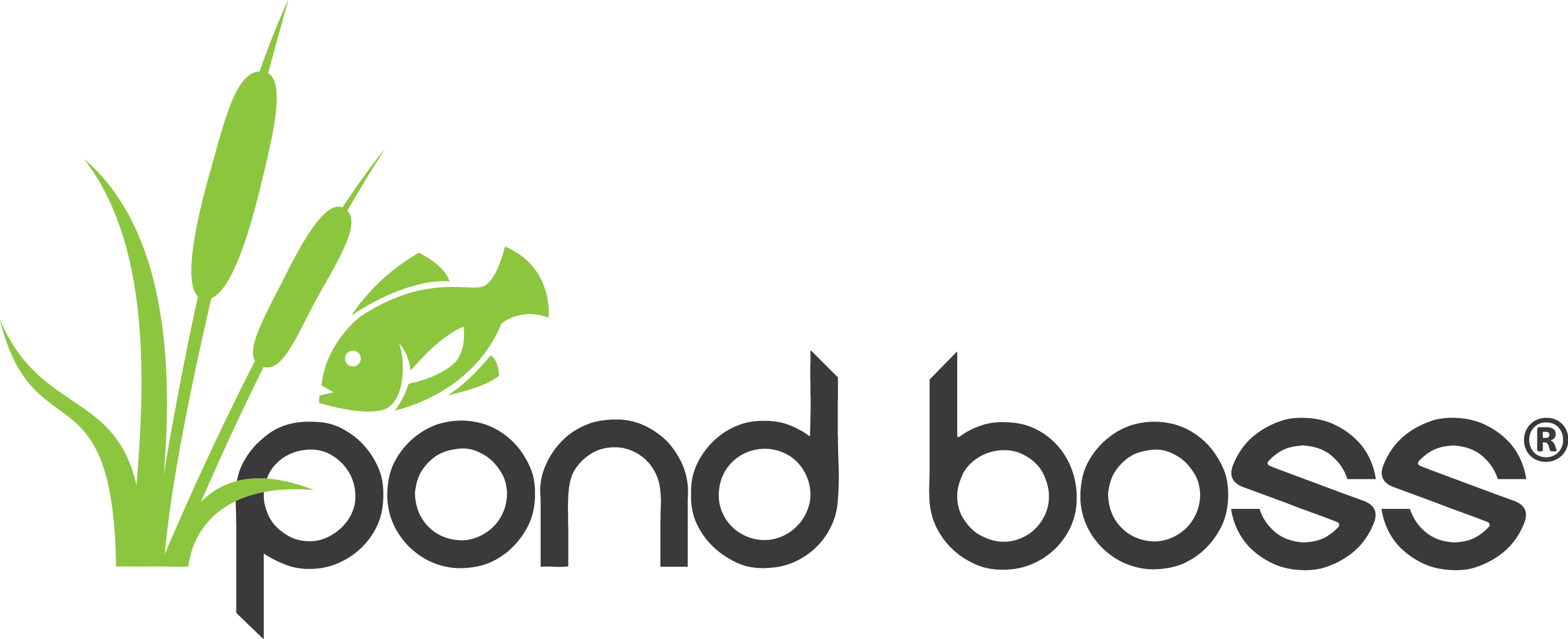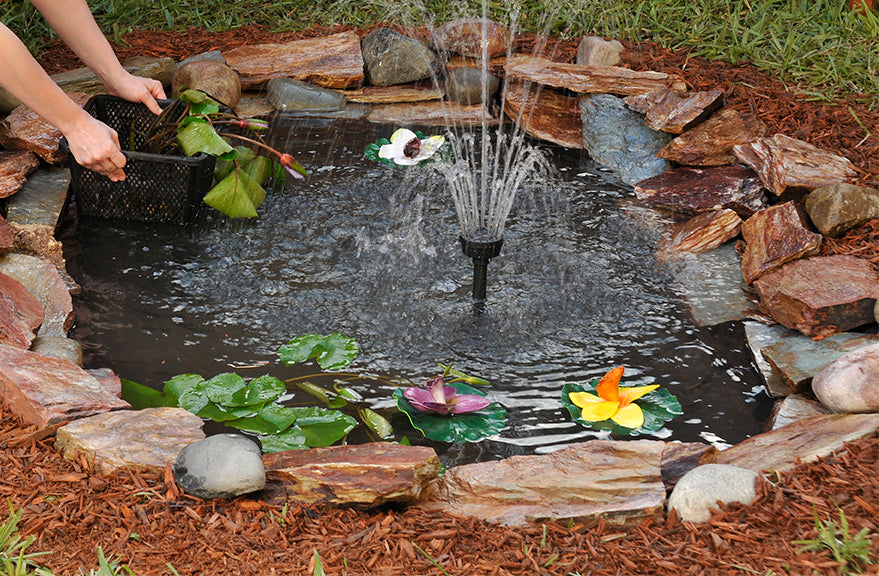
Fish Pond Maintenance: Four Easy Steps
Ponds can be the most beautiful thing in your yard. The amount of fun and relaxation a pond can provide has been a favorite point among pond owners. Watching fish swim or the pleasure of having it as a backdrop for pictures with family and friends are among a few of the benefits they offer.
However, what should pond owners do regarding fall cleaning and overall fish pond maintenance to prepare for the cooler winter months? Here are some useful steps that you can take to protect and preserve your pond during the different seasons.
- Proper feeding of fish during the fall – The fish in your pond will need to start preparing for hibernation, and ensuring you switch their food over to a wheat germ-based diet is essential. Wheat germ is easy for fish to digest in lower temperatures and it ensures that they can build up the necessary reserves when hibernating.
- Start the pond cleaning process When it comes to fish pond maintenance, the second major step is prepping the pond by cleaning it out. Plants will begin to die, so it will be important to trim these back to ensure that their decay does not raise the toxic level of the water over the winter months.
- Determine what equipment should continue running – Pond maintenance through the summer requires a fair amount of If your winters are moderate, it should be safe to leave most of the equipment running, but if it gets cold, removing the equipment will be the best option. Try using a pond thermometer to monitor the water temperature.
- Caring for your fish – Pond owners should monitor the temperature of the water throughout the fall (and winter). It is also important to check with a fish specialist about the respective species that are in the pond to ensure they can withstand the cold winter months. Some species like the fancy goldfish are too sensitive to the cold and should be brought Others go deep and hibernate through the cold without a problem.


